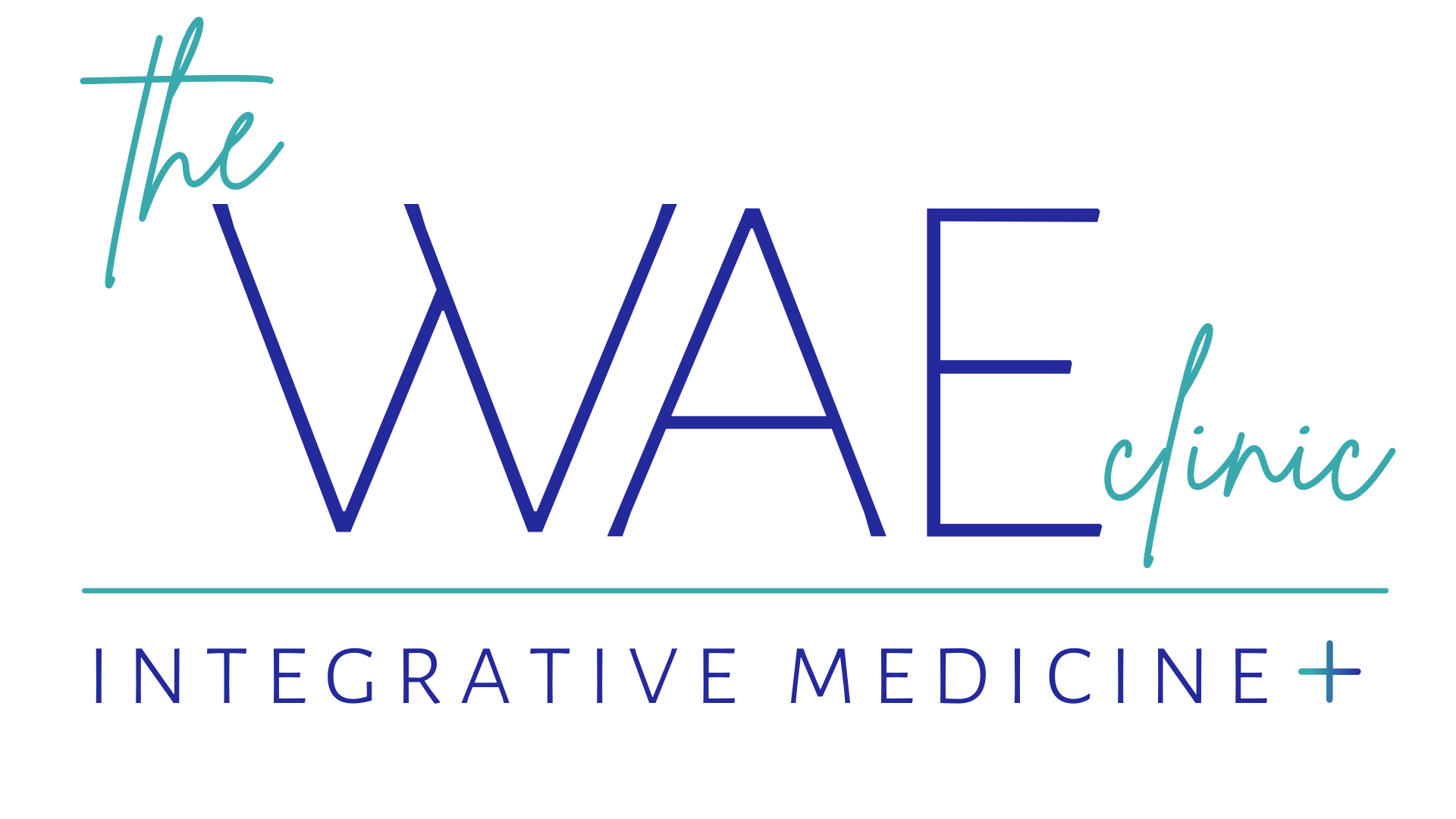The Substance Abuse and Mental Health Services Administration (SAMHSA) (2015), reports that an estimated 1.7 million people over the age of 11, or 0.6 percent of this population, were stimulant misusers in 2015. There were an estimated 138.3 million alcohol users in the same population. Of the population of people aged 12 and older, 15.7 million had alcohol use disorder, and 426,000 had stimulant use disorder in 2015 (Park-lee et al., 2015).
According to United Nations Office on Drugs and Crime (UNDOC) (2017), drugs categorized as central nervous system stimulants increase the activity of monoamine neurotransmitters (dopamine, noradrenaline, and serotonin) in the central nervous system. These sympathomimetic agents stimulate the release of catecholamines from the presynaptic nerve terminals, particularly dopamine and norepinephrine (Jiao et al., 2009). Stimulants also enhance the functioning of the noradrenergic system resulting in an increase in heart rate and alertness (United Nations Office on Drugs and Crime, 2017).
In comparison, alcohol is a depressant in the central nervous system, with potent effects on the inhibitory neurotransmitter gamma-aminobutyric acid (GABA) and the stimulating neurotransmitter N-methyl-D-aspartate (NMDA). Alcohol induces dopamine production, suppresses the activity of NMDA, and increases the activity of the GABA and glycline (Marr, 1999).
The National Institute on Alcohol Abuse and Alcoholism (NIAAA) (2014), reports that mixing stimulants and alcohol can cause dizziness, drowsiness, impaired concentration, and increase the risk for liver damage and heart problems. Alcohol mitigates the effects of stimulant medication. More stimulant medication is needed to reach therapeutic effects when alcohol and stimulants are used concomitantly. Alcohol often dampens the stimulant's effects, which can lead to a possible overdose. Similarly, the stimulant drug reduces the effects commonly associated with alcohol consumption (American Addiction Centers, 2019).
The concomitant use of alcohol and stimulant drugs dramatically reduces the cognitive abilities of an individual. The individual's ability to control their conduct, suppress emotions, and make decisions is greatly impaired. The use of stimulants and alcohol leads to an increased risk of seizures, stroke, hypertension, and myocardial infarction. The combination also contributes to greater kidney, liver, and gastrointestinal system strain. Long-term use of alcohol and stimulant drugs compromises the immune system and increases the risk of developing various forms of cancer. Long-term neurological conditions, affecting movement, attention, and memory, can result. Chronic use of both of these drugs in conjunction can lead to a more accelerated journey to the development of a particularly complex substance use disorder (a combined alcohol use disorder and a stimulant use disorder) (American Addiction Centers, 2020; United Nations Office on Drugs and Crime, 2017).
The most prominent acute cardiovascular results of stimulant use are tachycardia and hypertension. Moreover, cardiomyopathy, cardiac dysrhythmias, cerebral infarction or intracranial hemorrhage, pulmonary hypertension, cor-pulmonale, and necrotizing vasculitis have been reported (Jiao et al., 2009; Lakhan & Kirchgessner, 2012). Several case studies have been reported with abuse of amphetamines and alcohol, resulting in acute myocardial infarction (Patel et al., 2018; Sinha et al., 2016; Waksman et al., 2001; Westover et al. 2008).
With these drug interactions in mind, it is very important that we, as health care providers, warn patients about the dangers of mixing stimulants with alcohol. The concurrent use of stimulants and alcohol is quickly becoming an epidemic on college campuses.
References
American Addiction Centers (2019). The dangers of mixing adderall and alcohol. Retrieved February 1, 2020 from https://americanaddictioncenters.org/adderall/mixing-with-alcohol
America Addiction Centers (2020). The effects of mixing stimulant drugs and alcohol. Retrieved February 1, 2020 from https://www.alcohol.org/mixing-with/stimulants/
Jiao, X., Velez, S., Ringstad, J., Eyma, V., Miller, D., & Bleiberg, M. (2009). Myocardial infarction associated with adderall XR and alcohol use in a young man. Journal of the American Board of Family Medicine, 22(2), 197–201. https://doi.org/10.3122/jabfm.2009.02.080003
Lakhan, S. E., & Kirchgessner, A. (2012). Prescription stimulants in individuals with and without attention deficit hyperactivity disorder: Misuse, cognitive impact, and adverse effects. Brain and Behavior, 2(5), 661–677. https://doi.org/10.1002/brb3.78
Marr, J. N. (1999). The interrelationship between the use of alcohol and other drugs: Overview for drug court practitioners. Office of Justice Programs Drug Court Clearinghouse and Technical Assistance Project American University. https://www.ncjrs.gov/pdffiles1/bja/178940.pdf
National Institute on Alcohol Abuse and Alcoholism. (2014). Harmful interactions. https://www.niaaa.nih.gov/publications/brochures-and-fact-sheets/harmful-interactions-mixing-alcohol-with-medicines
Park-lee, E., Porter, J. D., Pemberton, M. R., & Tice, P. (2015). Key substance use and mental health indicators in the United States: Results from the 2015 national survey on drug use and health. Substance Abuse and Mental Health Services Administration. https://doi.org/10.1016/j.drugalcdep.2016.10.042
Patel, P., Lahewala, S., Patel, N., Arora, S., Tripathi, B., Deshmukh, A., & Badheka, A. (2018). Amphetamine abuse and acute myocardial infarction in the United States. Journal of the American College of Cardiology, 71(11), A182. https://doi.org/10.1016/s0735-1097(18)30723-x
Sinha, A., Lewis, O., Kumar, R., Yeruva, S. L. H., & Curry, B. H. (2016). Amphetamine abuse related acute myocardial infarction. Case Reports in Cardiology, 2016, 1–6. https://doi.org/10.1155/2016/7967851
United Nations Office on Drugs and Crime (2017). Treatment of stimulant use disorders: Current practices and promising perspectives. https://www.unodc.org/documents/drug-prevention-and-treatment/Treatment_of_PSUD_for_website_24.05.19.pdf
Waksman, J., Taylor, R. N., Bodor, G. S., Daly, F. F. S., Jolliff, H. A., & Dart, R. C. (2001). Acute myocardial infarction associated with amphetamine use. Mayo Clinic Proceedings, 76(3), 323–326. https://doi.org/10.4065/76.3.323
Westover, A. N., Nakonezny, P. A., & Haley, R. W. (2008). Acute myocardial infarction in young adults who abuse amphetamines. Drug and Alcohol Dependence, 96(1–2), 49–56. https://doi.org/10.1016/j.drugalcdep.2008.01.027
*These statements are not meant to diagnose or treat. Consult your health care provider before starting a new diet, exercise, or supplement.

